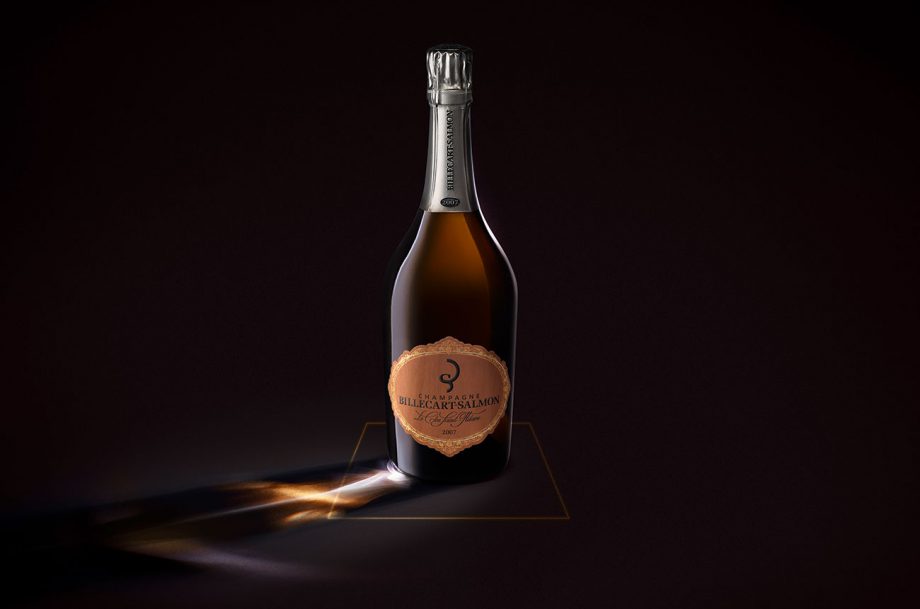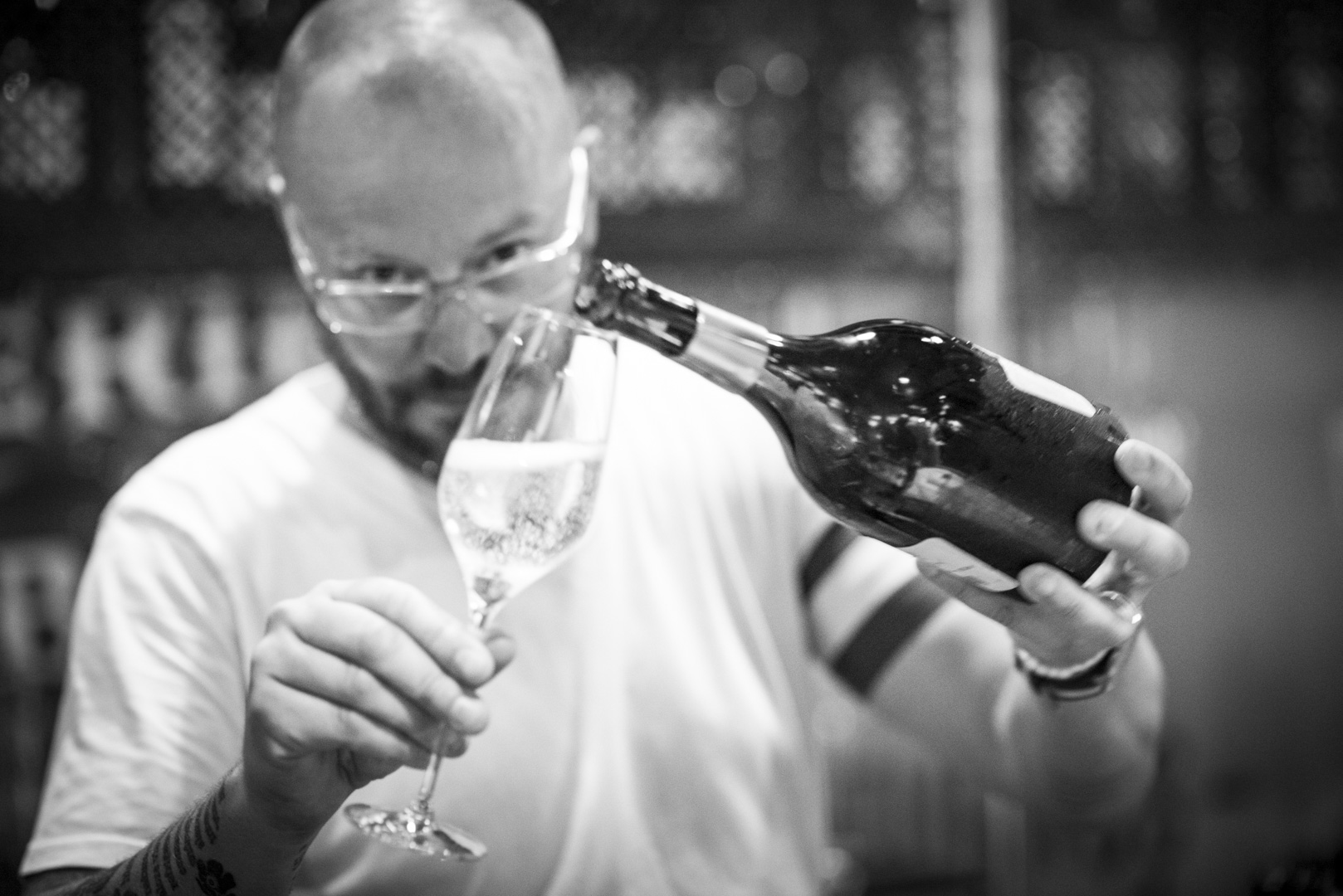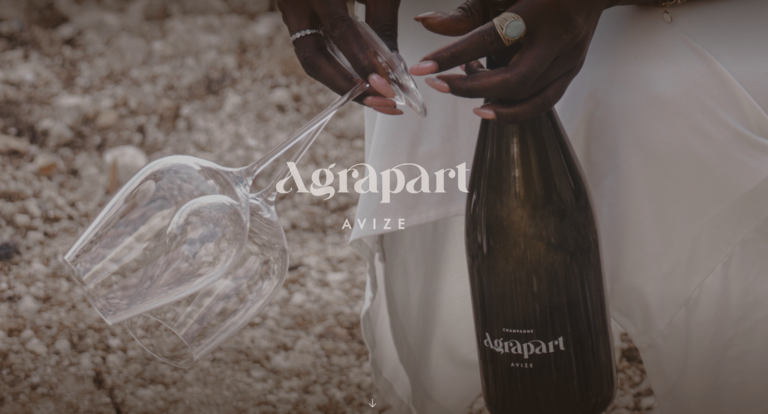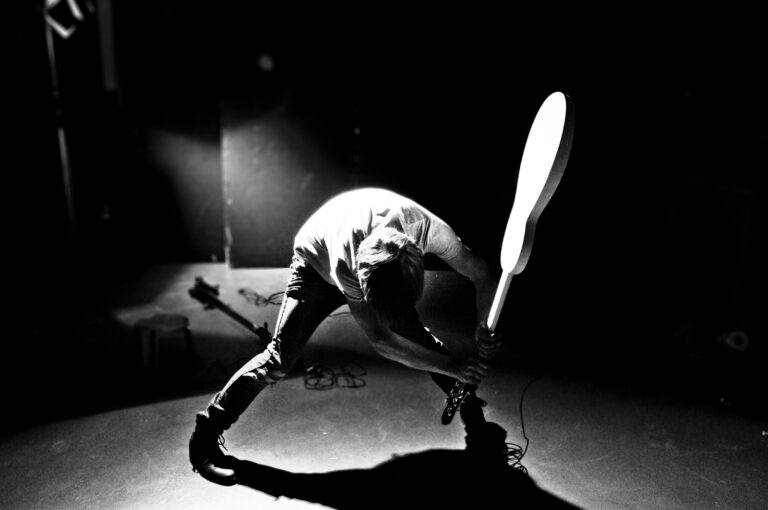Björnstierne Antonsson aka TheChampagneSommelier has written an article on Billecart-Salmon Clos Saint Hilaire. [read the full champagne story]
Estimated reading time: 10 minutes

Billecart-Salmon Clos Saint-Hilaire: A Rare Jewel in Champagne
Billecart-Salmon Clos Saint-Hilaire is one of the most extraordinary and revered Champagnes in the world. A true expression of terroir and craftsmanship, this single-vineyard Champagne exemplifies the pinnacle of quality and exclusivity. Here’s an extensive look at this iconic wine, its history, production, and why it holds a special place in the world of luxury Champagne.
History of Billecart-Salmon
Founded in 1818, Billecart-Salmon is a family-run Champagne house located in Mareuil-sur-Aÿ, in the heart of the Champagne region. The house has built a reputation for producing wines of finesse, balance, and elegance. For over two centuries, the family has remained dedicated to preserving the tradition of winemaking while embracing innovation.
The Clos Saint-Hilaire is a shining example of this philosophy, showcasing the house’s ability to create a single-vineyard Champagne of unparalleled quality.

A Legend is Born
‘In the 1950s my grandmother set aside this park-like space next to our house in Mareuil-sur-Aÿ with vines, flowers and fruit trees, for our enjoyment. Realising this outstanding terroir’s potential, my family decided to plant the first Pinot Noir vines here in 1964. We tried using the Pinot Noir to make white wine in small Burgundy barrels: an outstanding champagne was about to be born. After several years of painstakingly tending the vines, the 1995 harvest, the first year of this unique cuvée, was remarkable. We called it Le Clos Saint-Hilaire after the patron saint of the church in Mareuil-sur-Aÿ. No more than 3,500 to 7,500 bottles are produced each year and each is individually numbered.’
François Roland-Billecart, 6th Generation

The Vineyard: Le Clos Saint-Hilaire
The Clos Saint-Hilaire vineyard is a tiny, walled plot (or “clos”) of just 1 hectare (2.47 acres), located next to the Billecart-Salmon family home in Mareuil-sur-Aÿ. his unique Blanc de Noirs cuvée is named after the Patron Saint of Mareuil-sur-Aÿ. This one-hectare Clos meets strict standards: a single enclosed, unbroken parcel, with its own complete wine-making facilities on site. This remarkably typical mono cru encapsulates an entire world in a great, profound and singular wine with wonderful ageing potential.
Terroir and Grape Variety
• Terroir: The vineyard boasts a unique combination of chalky soil and a microclimate that is perfectly suited for cultivating exceptional Pinot Noir. The chalky subsoil provides excellent drainage and imparts minerality to the grapes, which is a hallmark of this wine.
• Grape Variety: Clos Saint-Hilaire is exclusively planted with Pinot Noir, and the wine is a blanc de noirs, meaning it is made solely from this red grape variety.
The Parcel
The one-hectare Clos Saint-Hilaire meets the strictest guidelines: a single enclosed, contiguous parcel with complete winemaking facilities on site. The terroir’s magic combined with the wine maker’s skills make this wine exceptional. Made only from Pinot Noir vinified in casks, it develops an outstanding purity. Billecart-Salmon decided to add very little liqueur, or dosage, after disgorgement in order to let the typicality of the single grape used to make this great wine evolve.
Biodynamic Practices
Since the vineyard’s inception, it has been farmed using biodynamic principles, emphasizing sustainability and harmony with the environment. The use of natural compost, cover crops, and manual cultivation ensures the health and vitality of the vines.
The Clos Saint-Hilaire is a single parcel where the vines, soil and subsoil are carefully tended with respect for the environment. Several years ago, Billecart-Salmon decided to return to ancestral champagne-making methods in the Clos Saint-Hilaire by using work horses.
This method of maintaining the soil and tending the vines increases porosity and biodiversity: the roots grow deep and the minerals they draw from the soil foster the growth of smaller, more concentrated grapes, revealing the terroir’s typical flavour.
Production
Clos Saint-Hilaire is crafted with meticulous attention to detail, embodying the essence of single-vineyard Champagne. Its production process is as remarkable as the wine itself.
Harvest and Vinification
- Low Yields: The vineyard produces extremely low yields to concentrate the quality of the fruit.
- Hand-Harvesting: Grapes are hand-picked at optimal ripeness to preserve their delicate flavors and natural acidity.
- Oak Fermentation: The wine undergoes fermentation in oak barrels, which adds complexity, structure, and subtle toasty notes without overpowering the fruit.
- Extended Aging: After fermentation, the wine is aged for an extended period on its lees (sometimes over a decade), allowing it to develop depth, richness, and a creamy texture.
Dosage and Purity
Clos Saint-Hilaire is an extra brut Champagne, meaning it has a very low dosage (added sugar). This low dosage allows the purity of the fruit and terroir to shine, making it an authentic reflection of its origin. precision and purity.
Exclusivity and Availability
Clos Saint-Hilaire is among the most exclusive Champagnes in the world. Due to the vineyard’s small size and limited production, only a few thousand bottles are produced per vintage. Each bottle is individually numbered, further emphasizing its rarity.
- Price: Given its exclusivity, Clos Saint-Hilaire commands a premium price, often retailing for thousands of dollars per bottle.
- Collector’s Item: Its rarity and impeccable quality make it a sought-after item among collectors and connoisseurs.
Pairing and Serving
Clos Saint-Hilaire is a gastronomic Champagne that pairs beautifully with fine cuisine. Its richness and complexity make it an excellent match for dishes like:
- Lobster with beurre blanc
- Foie gras
- Truffle risotto
- Roast duck with cherry glaze
For the best experience, serve Clos Saint-Hilaire chilled at 10–12°C (50–54°F) in a large, tulip-shaped glass to allow its aromas to fully develop.
Why Clos Saint-Hilaire is Special
- Expression of Terroir: Few Champagnes offer such a pure expression of a single vineyard and its unique terroir.
- Rarity: The limited production and exclusivity of Clos Saint-Hilaire elevate it to a status of unparalleled luxury.
- Craftsmanship: The dedication to biodynamic farming, traditional methods, and long aging sets this wine apart as a masterpiece of winemaking.
Conclusion
Billecart-Salmon Clos Saint-Hilaire is more than just a Champagne; it is a symbol of excellence, tradition, and the art of winemaking. With its incredible depth, complexity, and ability to age gracefully, it is a wine that stands at the pinnacle of Champagne craftsmanship, offering an unforgettable experience for those fortunate enough to enjoy it.

The Vintages Le Clos Saint-Hilaire
according to Champagne Club by Richard Juhlin
2007 Billecart-Salmon Le Clos Saint-Hilaire
86(91)p
This cool Clos wine, planted in 1964 in Mareuil-sur-Ay, is made exclusively in oak barrels in its own room next to the location and has only 2 grams of dosage. Incredibly young and light in style, contrary to what I expect from the label. I think it’s mostly due to the hollowness of the vintage that I’m not as impressed as usual. Fresh as a mountain stream, acidic and with a clear oak tone in the midrange. The fruit is toned down, however, and everything is nice, but weak. Coffee, cocoa, vanilla, wood, salt, cookies and honey. Don’t drink before 2030.
2006 Billecart-Salmon Le Clos Saint-Hilaire
94(96)p
The most slim and elegantly sophisticated modern edition of this wine to date. Seamless mansion style and beautiful texture. Not at all that pronounced poverty or grower-like terroir, but more like a natural bone in the ultra-elegant Billecart family. Here there are hints of grass and gooseberry, leather and personal spices and the hint of magnesium so typical of Mareuil-sur-Aÿ, but more prominent is a reference to white Burgundy with butterscotch, vanilla, crème brûlée and a fruit mix ranging from citrus via Aroma -apples for healthy Lofots strawberries.
2005 Billecart-Salmon Le Clos Saint-Hilaire
88(93)p
Surprisingly shy and bright version of this famous wine. I guess my bottle suffered a little from being just recently disgorged and the next meeting will soon be more fair. There is nothing wrong with the beauty and the composition. It’s just that a 2005 certainly shouldn’t be this irredeemably floral and pear and hawthorn scented and bright still.
2003 Billecart-Salmon Le Clos Saint-Hilaire
93(95)p
Only 1000 bottles are made of this super-concentrated vintage, so of course I was extra happy to have a couple of bottles sent home by the expensive gem for assessment. The vintage fits the wine like a glove. The wine’s terroir is so intense that mineral-dense saltiness and a crispy apple-fresh fruit lie lurking beneath the surface. This base is dominated by deep honey-saturated candied generous fruit with hints of sauternes, crème brûlée, crackers and all dried stone fruits.
2002 Billecart-Salmon Le Clos Saint-Hilaire
94(96)p
May be the premier vintage of this famous champagne to date. I love the inviting milk chocolate note that is new in this vintage and that is so deliciously paired with the more serious dark animal and red wine-like features. The concentration is astonishing and the lifespan is monumental.
1999 Billecart-Salmon Le Clos Saint-Hilaire
94(94)p
Significantly more similarities to Aÿ Vauzelle Terme than with Goisses and Bollinger VVF in style. Clearly airy style with intense aromas of red apple peel and orchids. A rich and licorice saturated wine that delightfully enough gains in the glass. Should be tasted at some point in life. Very impressive from the start with its modern almost New World-like polished vanilla-like polishing and exotic fruitiness. Slim and gorgeous.
1998 Billecart-Salmon Le Clos Saint-Hilaire
94(94)p
A wonderful wine from the start and one of this vintage’s hits. The wine manages to combine intensity and animal power with an uplifting stringent freshness combined with hints of plum, apricot, prune and marigolds.
1996 Billecart-Salmon Le Clos Saint-Hilaire
94(95)p
My first bottle was so unredeemed and one-dimensional that I have to wait for a second bottle before awarding points. Yes, even this was a bit unruly and difficult to interpret. Big question mark about where it takes the road. However, seems to be on the right track. Three new bottles tasted in Singapore which were powerful and voluminous.
1995 Billecart-Salmon Le Clos Saint-Hilaire
95(95)p
Planted in 1964, priced as the Bollinger VVF neighbors and older vintages of Clos des Goisses. Made in barrels and completely without dosage. A bit unmatured and somewhat disappointing as newly launched after I tasted a magic barrel sample. Peach-saturated and filled with leather, plum and chocolate, more mature specimens of this wine will be brilliant.

Billecart-Salmon according to Champagne Club by Richard Juhlin
★★★★
It’s a real pleasure for any wine enthusiast to visit this small, well-run domain in Mareuil-sur-Aÿ. This company, which is very much in fashion at the moment, makes elegant, sporty wines that suit “nouvelle cuisine” perfectly.
The company was established in 1818 and it has always concentrated on quality Champagne in quite a light style. Billecart has a very innovative attitude towards winemaking. They are pioneers of cold stabilization, which entails sinking the temperature of the must to 5°C for two days and then adding dried yeast to the fermentation, which takes place in stainless steel vats for as long as three weeks. The slow fermentation is made possible by keeping the vat’s temperature at around 12°C. The wine then has to be heated up to 18°C so that the malolactic fermentation can take place.
François Domi who was the winemaker has performed several successful experiments with oak barrels from Louis Jadot in Burgundy since 1998.
‘Clos Saint Hilaire – a grand Blanc de Noirs made from fifty-year-old vines in Mareüil-sur-Aÿ is a very interesting champagne indeed.’
Richard Juhlin
Today the winemaker is Florent Nys and the philosophy of the domain is to avoid oxidation at all costs. The flavour is expected to come from the grape itself as far as possible, and not from secondary aromas from the vinification process. Billecart purchase 95 per cent of their grapes from twenty-three top-rated vineyards, and their own grapes are Pinot Noir from the village. They have contracts with many respected growers from Grand cru villages of Avize, Cramant and Le Mesnil. The domain’s refreshing, fruity, and elegant style led me for many years to believe that Billecart’s Champagnes should be consumed young. However, their greatness lies in the fact that, despite their early and direct charm, they develop in an incomparably beautiful way in the cellar.
That this little domain is supposed to have made the two foremost Champagnes in the entire world up until now is something I cannot completely agree with, but I am convinced that the ’59 would have won the Millennium Tasting even with a different jury than ours. Simply a fantastic Champagne with no difficult aromas. The amusing thing is that the domain has produced several other wines that maintain more or less the same high standard. Make sure that you buy wines from Billecart-Salmon before they become as expensive as Krug! Fame has unfortunately influenced them to produce the non-vintage wines in too great quantities and to release them too early. This has cost them a valuable star despite the fact that the vintage wines are just as good as ever.





